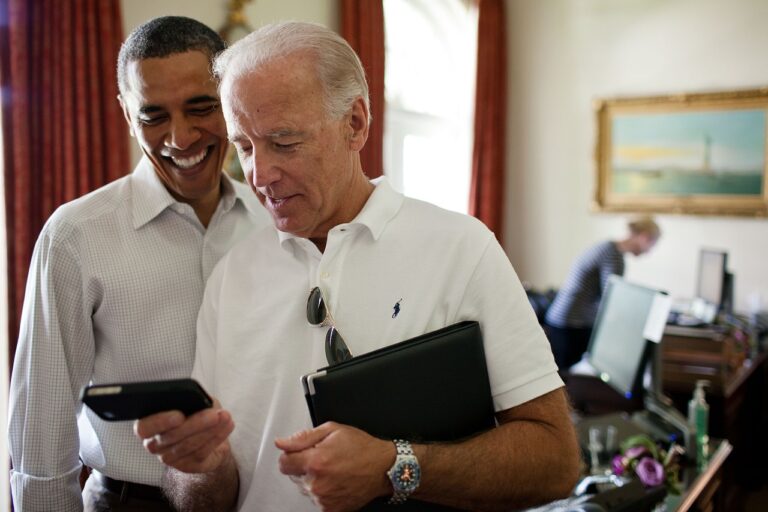Analyzing the Potential Savings: Can DOGE Truly Cut $1 Trillion in Annual Federal Spending?
The Department of Government Efficiency, or DOGE, has been making headlines with its ambitious goal to cut federal spending by at least $1 trillion annually. Led by Elon Musk and created by an executive order from President Donald Trump, DOGE aims to streamline government operations and eliminate wasteful spending. But can it really achieve such a massive reduction?
### Background on DOGE
DOGE was established to tackle what many see as excessive government spending and bureaucratic inefficiencies. The organization is set to operate until July 4, 2026, and has already begun implementing significant changes. These include canceling contracts, terminating leases for underused federal buildings, and pruning the federal workforce. For instance, DOGE has canceled numerous diversity, equity, and inclusion initiatives, as well as consulting contracts across several agencies[1][3].
### Claims of Savings
DOGE claims to have saved billions of dollars through these efforts. In one instance, it reported canceling 85 contracts related to diversity, equity, inclusion, and accessibility, which it valued at roughly $1 billion[1]. Additionally, DOGE has stated that it is saving the federal government approximately $1 billion per day, though these figures are not detailed and have been met with skepticism[1].
### The $1 Trillion Goal
Elon Musk has expressed optimism about reaching a $1 trillion reduction in federal spending. He believes that cutting an average of $4 billion per day would be necessary to achieve this goal by fiscal year 2026[1]. However, critics argue that such deep cuts could have negative economic impacts, such as job losses and reduced economic growth[2].
### Challenges and Controversies
DOGE’s efforts have faced significant opposition. Critics question the accuracy of its savings claims and worry about the impact on low-income Americans, who might not benefit from proposed dividend plans[2][4]. The organization has also been involved in legal battles over its access to federal systems and its attempts to restructure agencies like USAID[3].
### The Dividend Proposal
A proposal has been floated to distribute a portion of DOGE’s savings as dividends to taxpayers. This idea, supported by James Fishback, suggests giving $5,000 checks to eligible households using 20% of the projected $2 trillion in cuts[2][4]. However, this plan is controversial, with some arguing it could leave low-income Americans behind and others questioning its economic feasibility[2].
### Conclusion
While DOGE’s goals are ambitious, achieving a $1 trillion cut in federal spending will be challenging. The organization faces skepticism over its savings claims and opposition from various groups. As DOGE continues its work, it remains to be seen whether it can deliver on its promises without causing unintended economic consequences.





